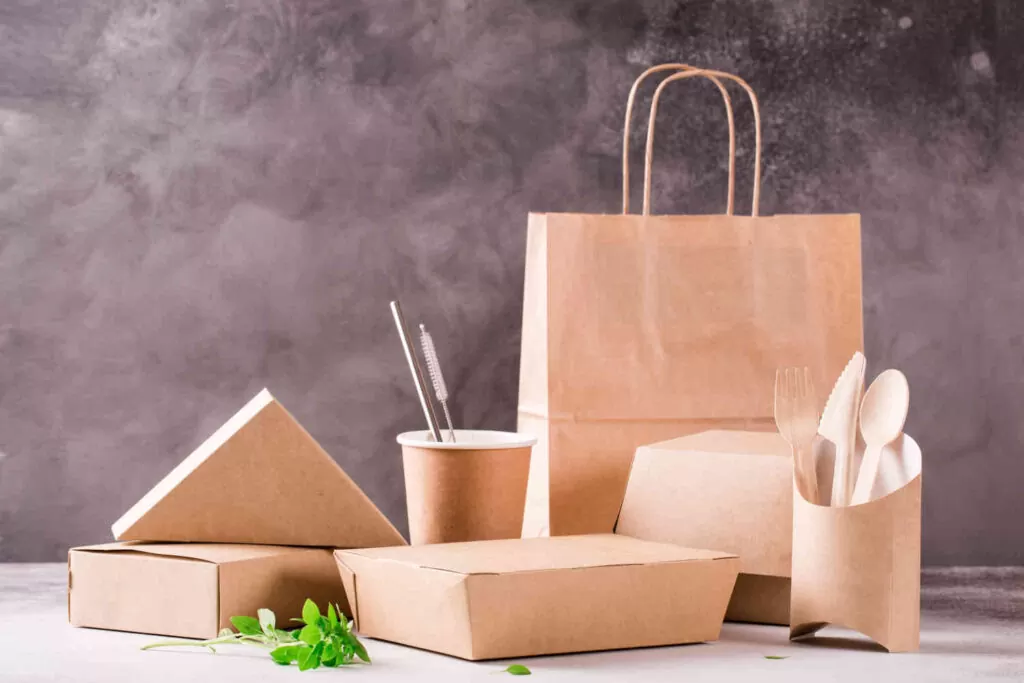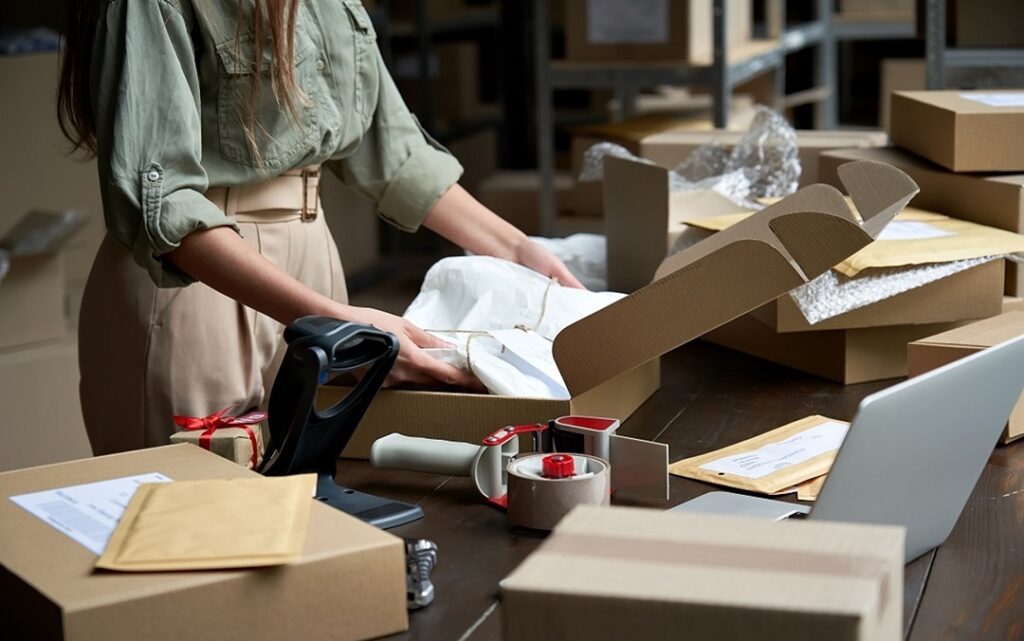The world is facing an environmental crisis. Plastic pollution and climate change are two of the most pressing issues, and it’s clear that something needs to be done to protect our planet. One way to do this is by making packaging more sustainable. In this article, we’ll explore the challenges of making packaging more sustainable and how we can address them.
Packaging is everywhere; it’s used for everything from groceries to beauty products. Unfortunately, much of this packaging isn’t recyclable or reusable. This means that it ends up in landfills or even worse – in our oceans – where it takes centuries to decompose. If we want to reduce our environmental impact, then we need to make a concerted effort to make packaging more sustainable.
But there are many challenges associated with switching from traditional packaging materials like plastic and Styrofoam to more eco-friendly options such as compostable paper and plant-based plastics.
We’ll look at some of these challenges and discuss what can be done to overcome them. By doing this, we can start taking steps towards a more sustainable future for our planet.
Environmental Impact Of Packaging Practices

Source: thepackagingcompany.us
It’s important to consider the environmental impact of packaging practices. This is a major challenge in making packaging more sustainable, as many traditional materials and processes used for producing, shipping and disposing of packages are not the most eco-friendly.
One example of this is plastic packaging. While plastic can be reused multiple times before it needs to be disposed of, this process only works if the material is recycled correctly.
Unfortunately, many countries still lack proper recycling infrastructure, leading to a significant amount of plastic waste ending up in landfills or oceans.
In addition, burning plastic releases toxic chemicals into the environment which can have both short-term and long-term effects on people’s health and well-being.
The key to reducing environmental impacts from packaging lies in shifting away from single-use plastics towards materials that are either biodegradable or recyclable, such as paper or cardboard.
Companies can also invest in alternative delivery and shipping methods which are better for the environment, such as using electric vehicles for transportation rather than gas-powered ones.
By doing this we can reduce the carbon footprint created by packaging production and delivery while still ensuring our products reach their destination safely and securely.
Cost Considerations
Cost has been a major factor in the reluctance of companies to switch to more sustainable packaging options. And while it may seem like there’s no way around this problem, there are actually ways to reduce costs and save money when it comes to making packaging more sustainable.
Here are four cost-saving measures that can help companies move towards greener packaging:
- Research local suppliers and find the lowest cost option
- Reduce the amount of materials used in the packaging process
- Reuse existing materials or repurpose them for other applications
- Consider using biodegradable materials instead of single-use plastics.
By taking these steps, companies can make strides towards more sustainable packaging without breaking the bank.
The key is to find a balance between financial savings and environmental impact – something that is achievable with careful research and planning. It’s time for businesses to start taking sustainability seriously – not only for their own benefit but for our planet’s too.
Innovative Solutions

Source: volmarpackaging.it
Organizations have identified innovative solutions to make packaging more sustainable. One such solution is to switch from single-use packaging to reusable, refillable, and/or recyclable packaging. This type of packaging can be used multiple times, eliminating the need for single-use packaging.
Additionally, it reduces the amount of waste that would otherwise end up in landfills or oceans. Refillable and/or recyclable packaging also helps reduce greenhouse gas emissions by reducing the need for new materials and energy used in production.
Another solution is to replace traditional materials with more sustainable alternatives.
For example, paper and cardboard are biodegradable and can be recycled easily. Bamboo is a renewable material that requires less energy and water than other materials; and plastic made from plant-based sources is compostable, meaning it breaks down without leaving any microplastics behind.
Additionally, many companies are experimenting with bioplastics made from agricultural or food waste as alternative materials for their packaging. Compostable zipper bags are available and can be reused.
These solutions not only help reduce waste but also create economic opportunities for small businesses by providing access to new markets and technologies.
Through these efforts, organizations are leading the way towards a circular economy that focuses on reuse and recycling of resources instead of relying solely on disposable products. By adopting these ideas, businesses can make a positive impact on the environment while creating value for themselves in the long run.
Consumer Education And Engagement
In order to make packaging more sustainable, consumer education and engagement are essential. Consumers need to be aware of the environmental impact of the packaging they use and the recycling options available.
As such, there are several key strategies that companies can use to improve consumer awareness and understanding:
- Develop educational materials – Companies should create resources that clearly explain how different types of packaging affect the environment and how they can be recycled or reused.
- Utilize social media – Social media is an effective way to reach a large number of people quickly. Companies should utilize platforms like Twitter, Instagram, and Facebook to share content about sustainability and recycling initiatives.
- Host events – Events like community clean-ups or workshops on sustainable packaging can help raise awareness about the importance of reducing waste from plastic packaging.
- Partner with local organizations – Companies should partner with local organizations that are focused on sustainability and waste reduction in order to reach more people and have a greater impact on their communities.
By implementing these strategies, companies can be sure that consumers are aware of their efforts to reduce waste from plastic packaging, as well as the importance of making sustainable choices when it comes to their own consumption habits.
Through increased consumer education and engagement, we can ensure that we’re all taking steps towards a greener future for our planet.

Source: thepackagingcompany.com
Conclusion
In conclusion, the challenge of making packaging more sustainable is a complex one. It requires a multi-faceted approach that takes into account both environmental and financial considerations.
Companies need to consider innovative solutions such as renewable sources and biodegradable materials in order to reduce their impact on the environment.
Furthermore, consumers need to be engaged and educated about sustainable practices, so that they can understand why this is important and make informed choices in their purchasing decisions.

























